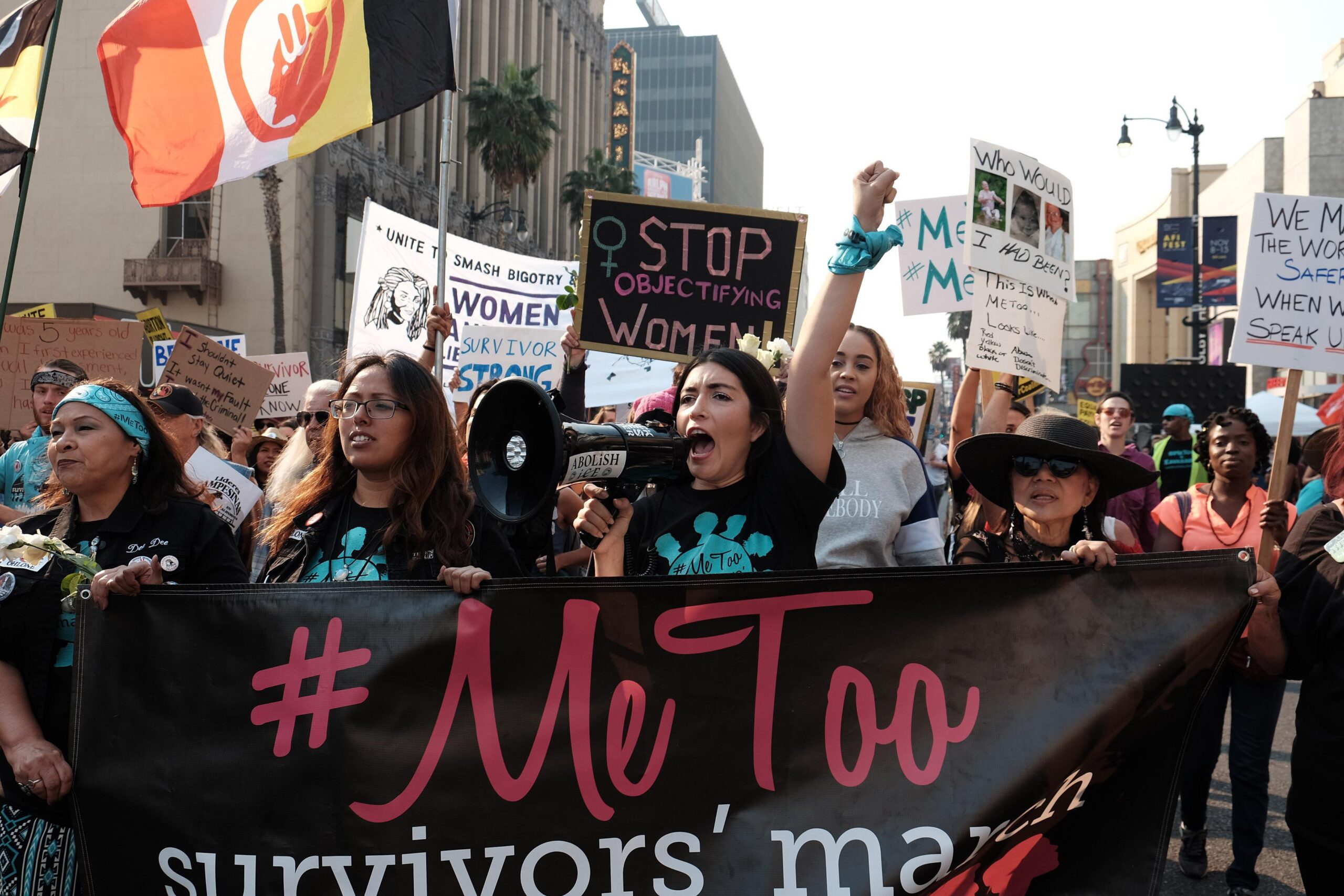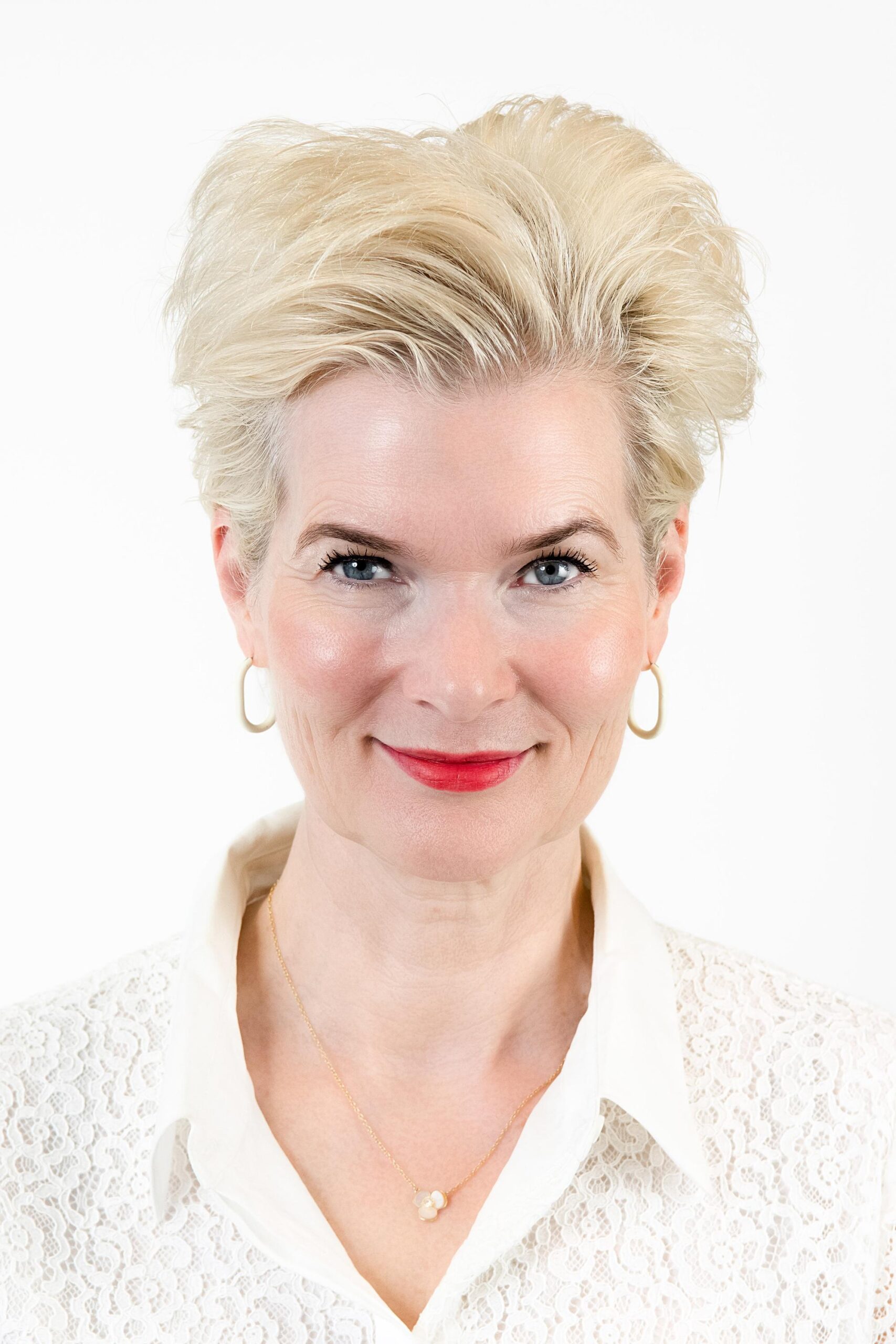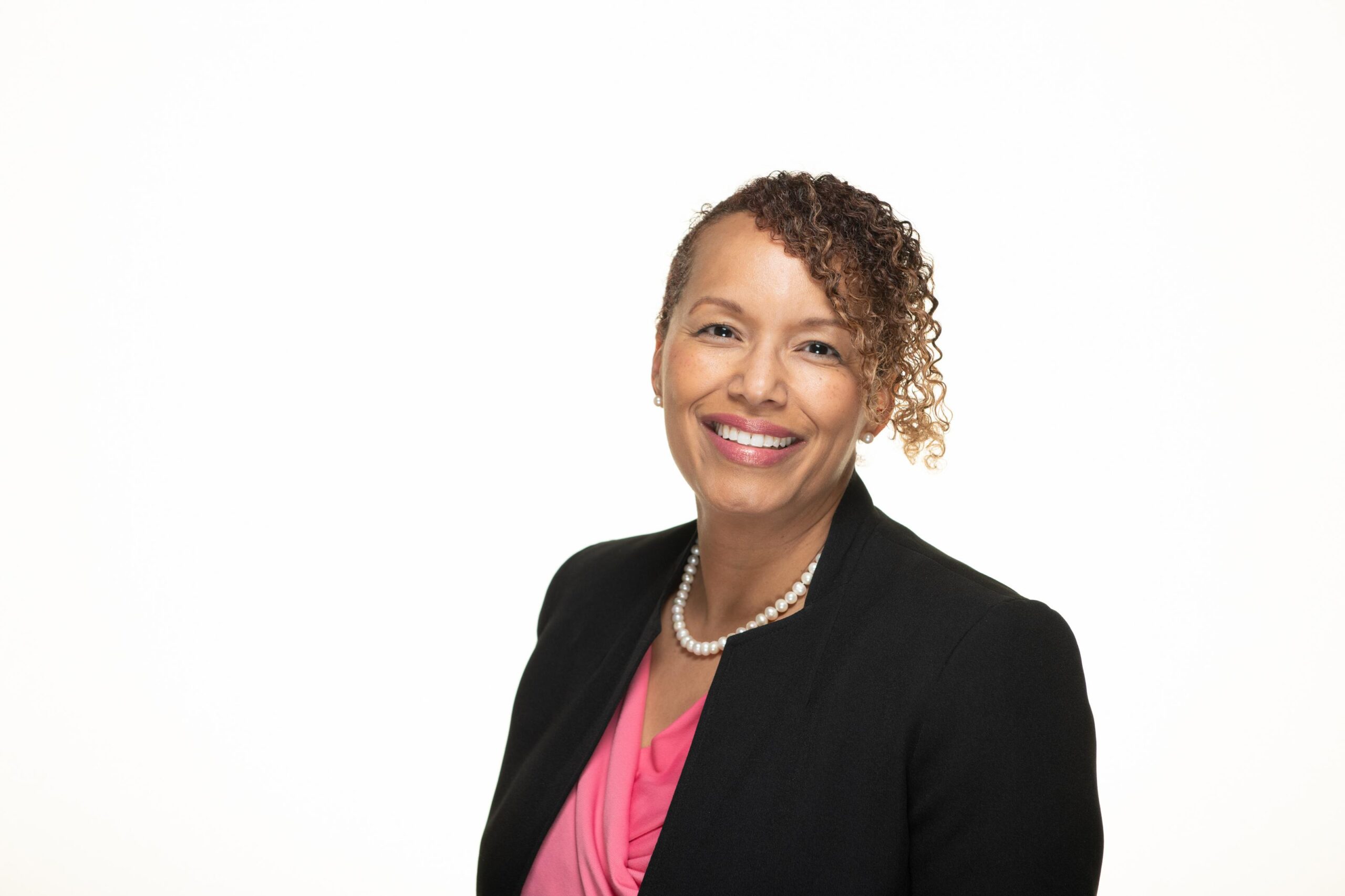
What’s Really Holding Women Back At Work
Many people are unaware there is a gender gap in the feedback given to employees at work. Even if male and female employees perform at precisely the same level, research finds managers prioritize kindness more when giving feedback to women than to men, which reduces the usefulness of the feedback provided.


















